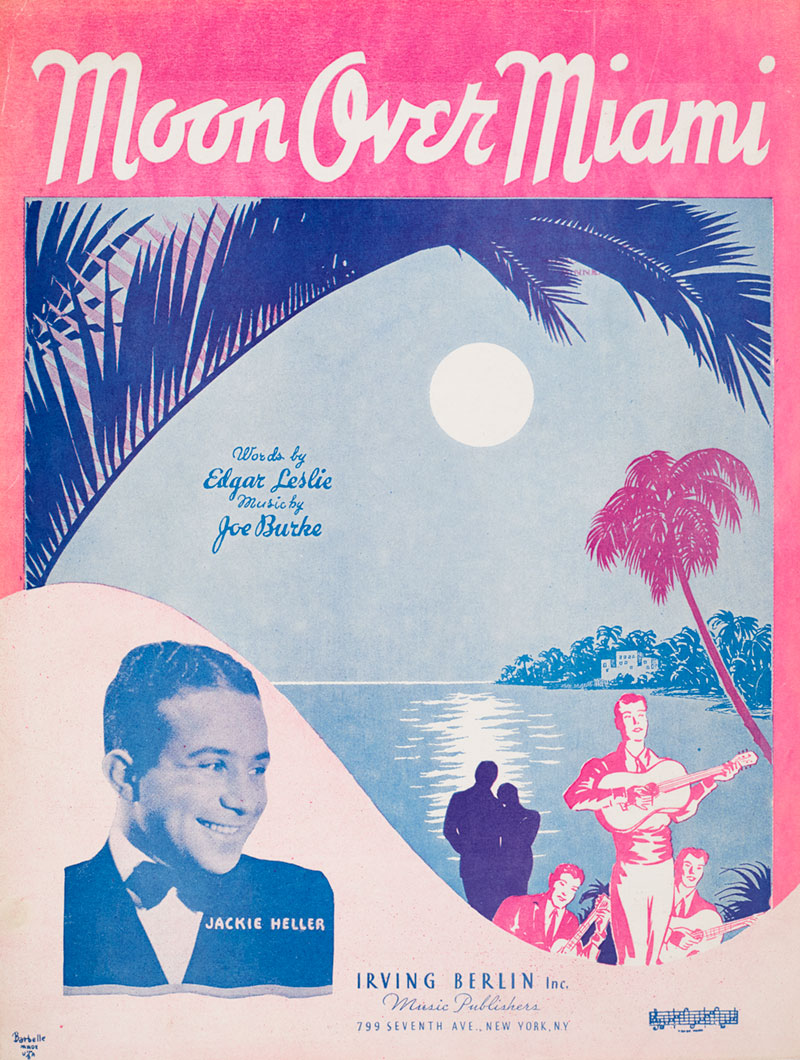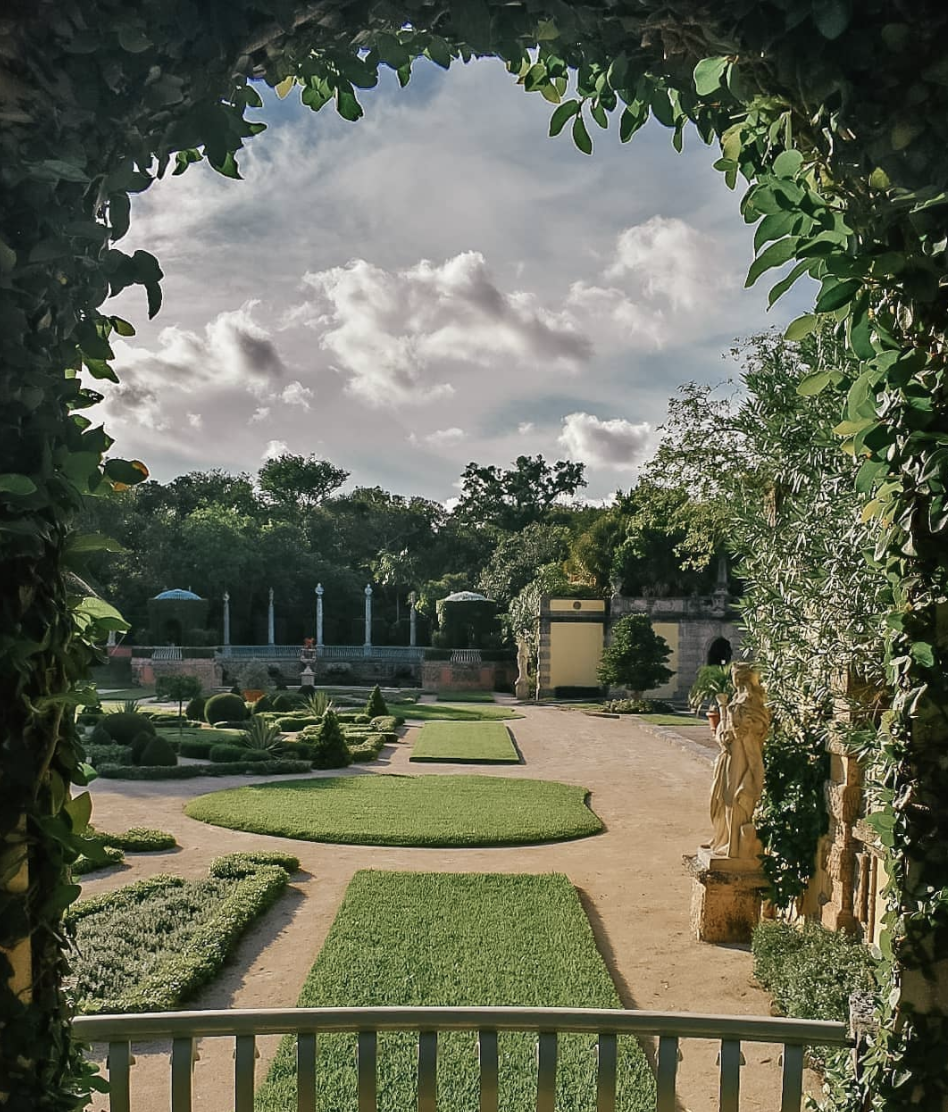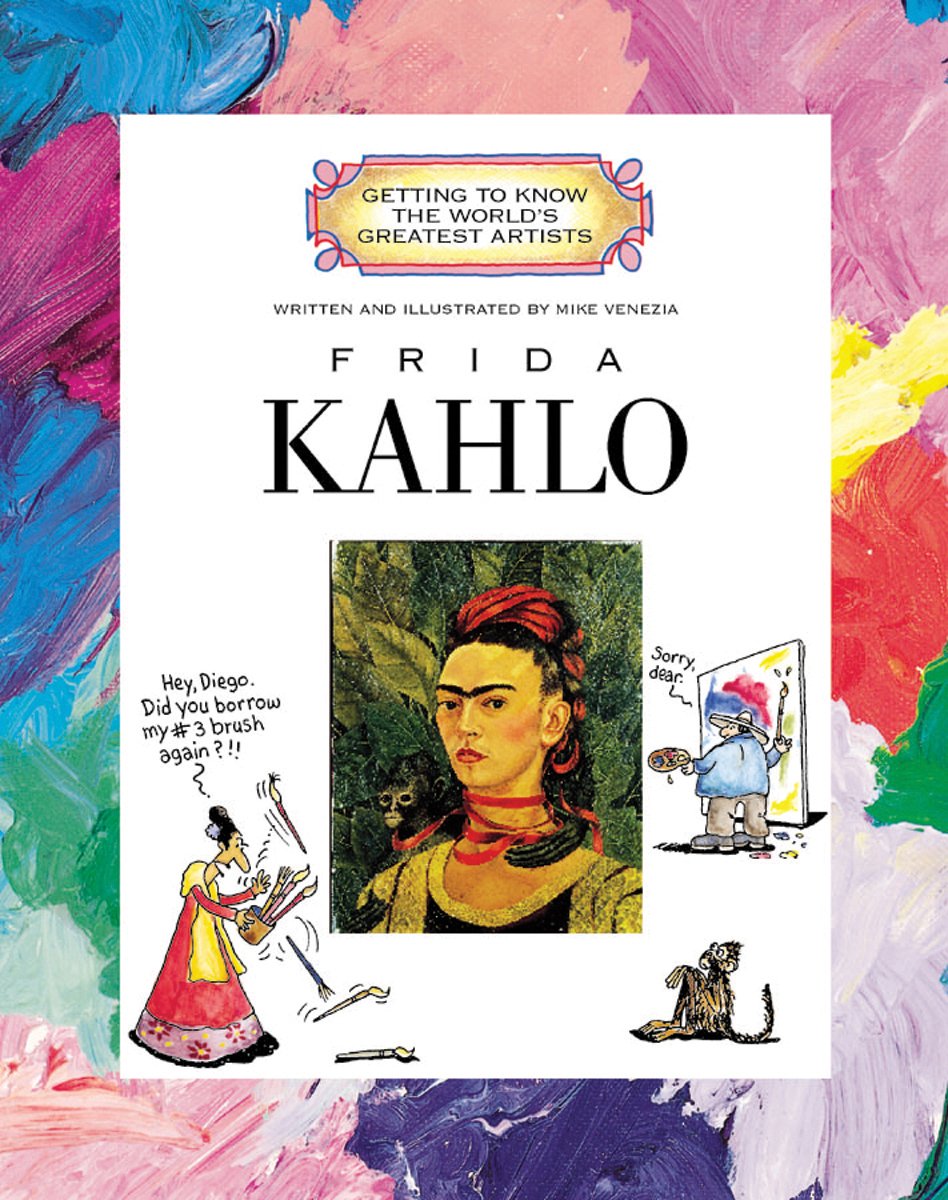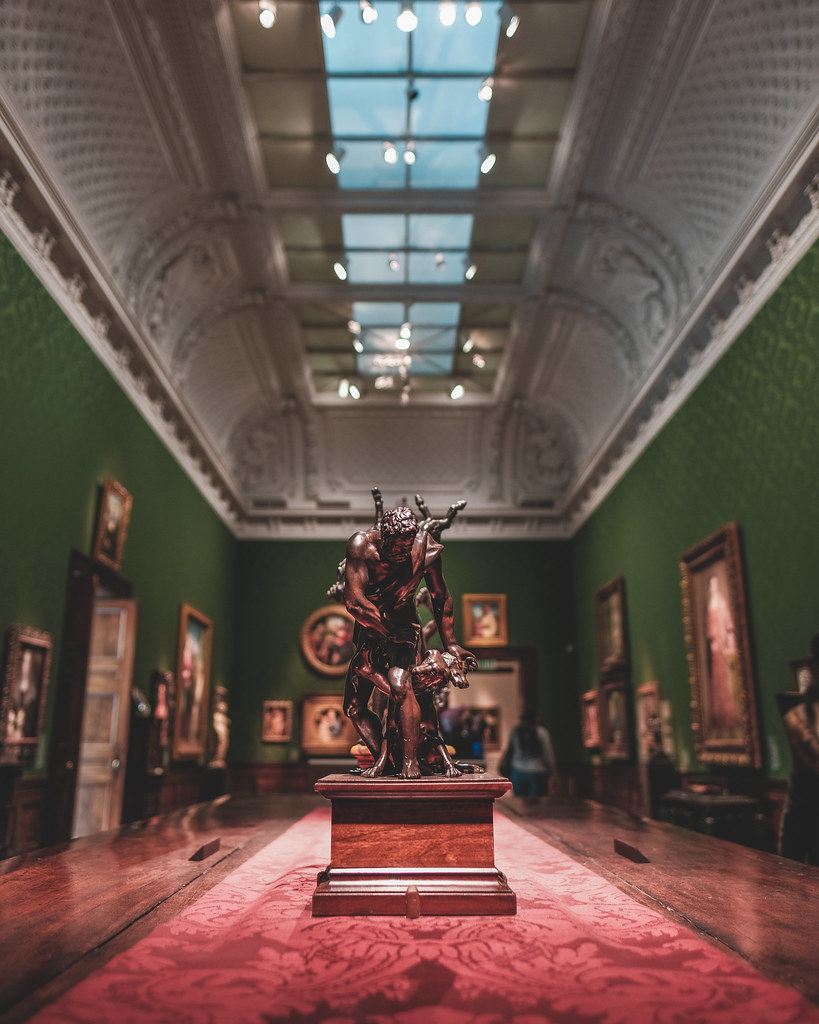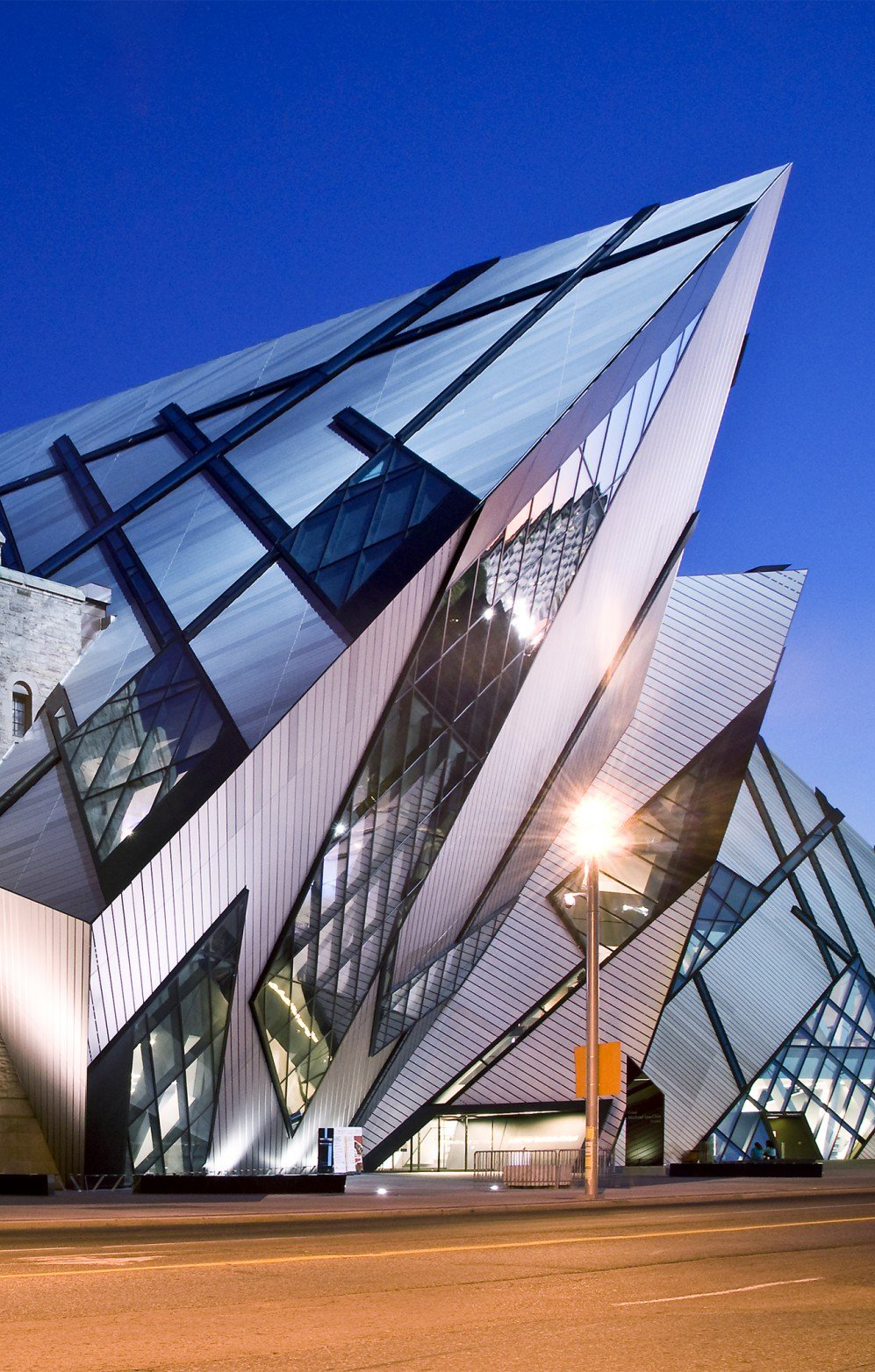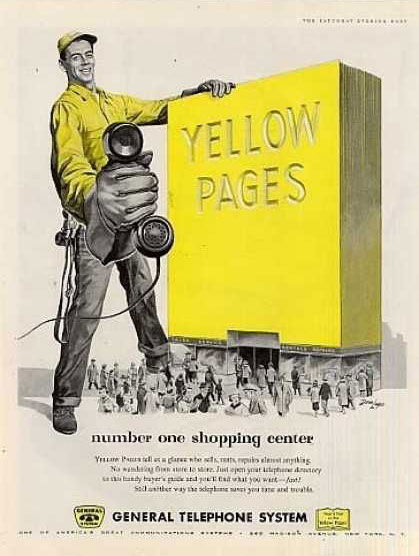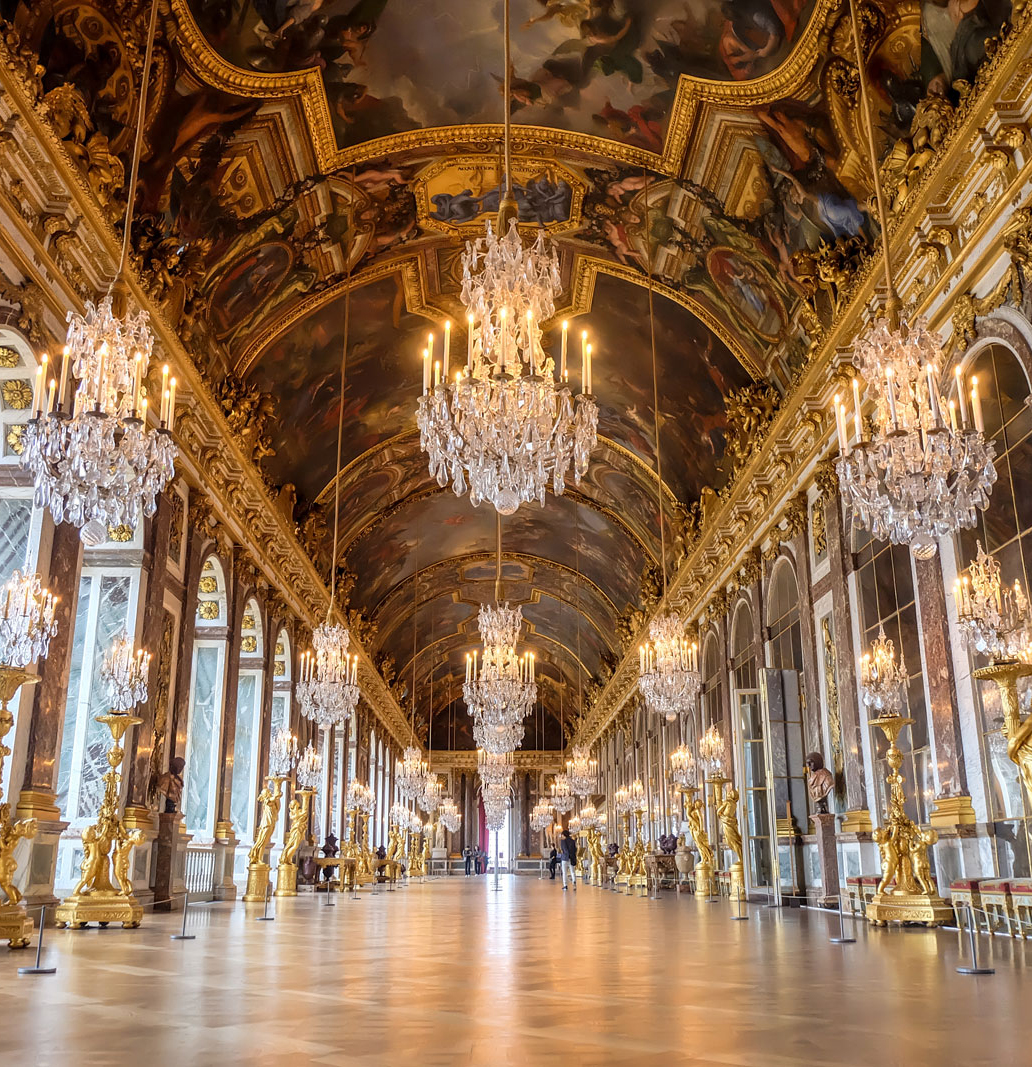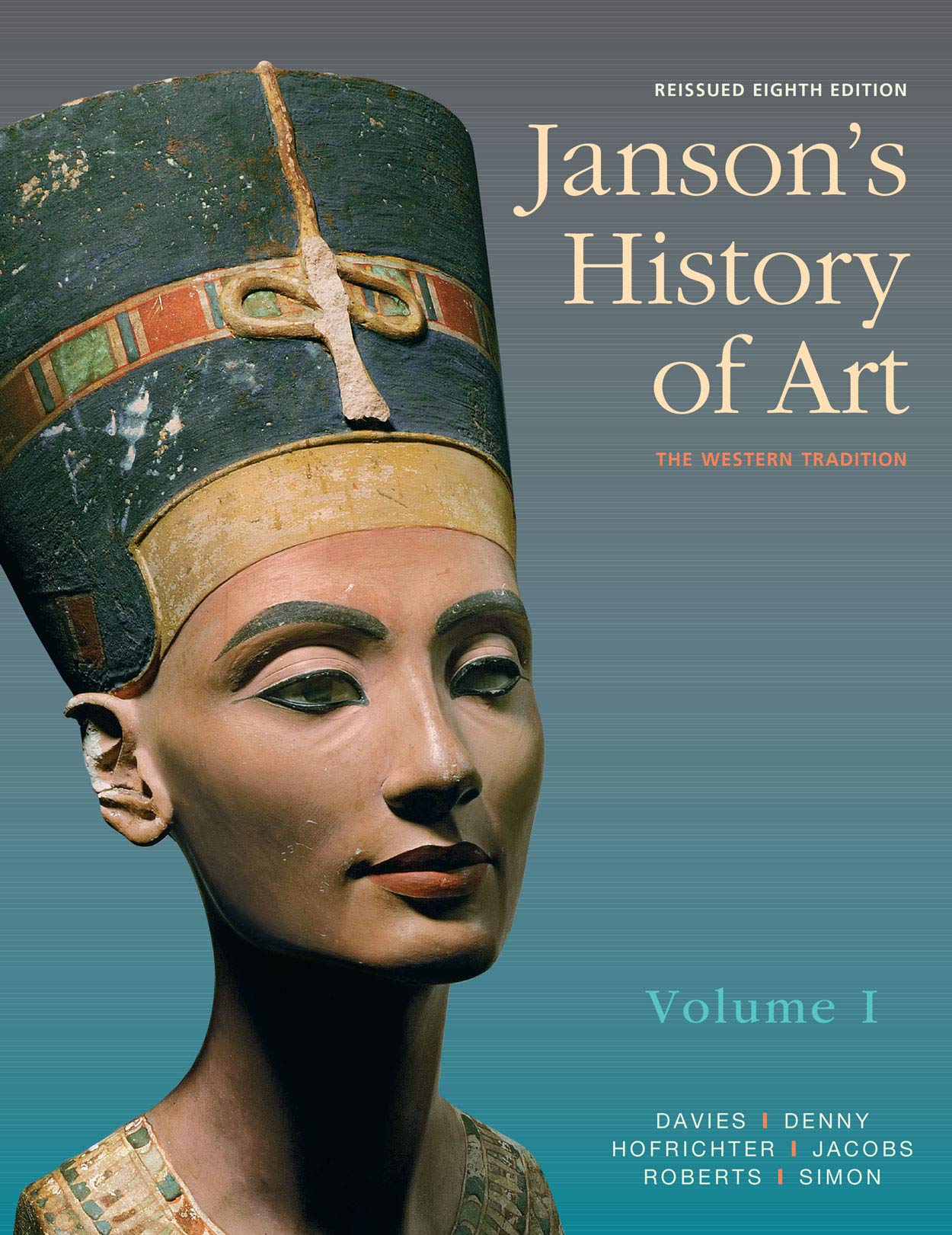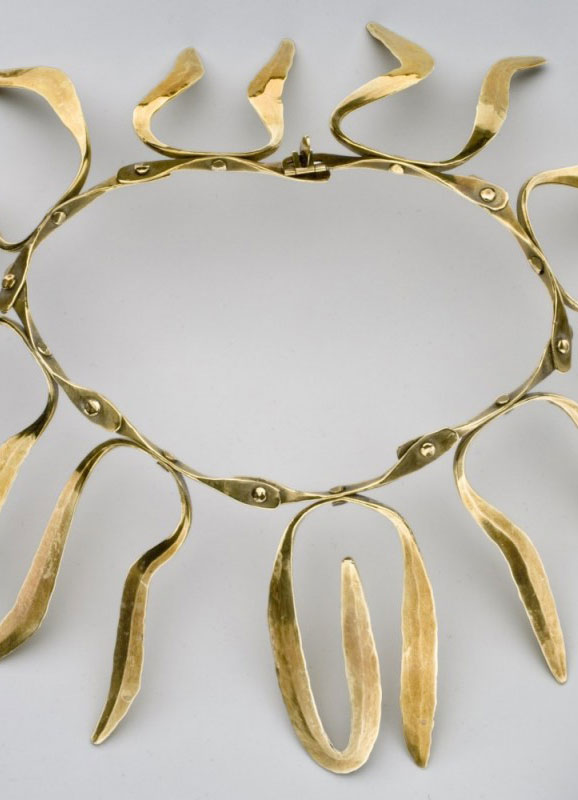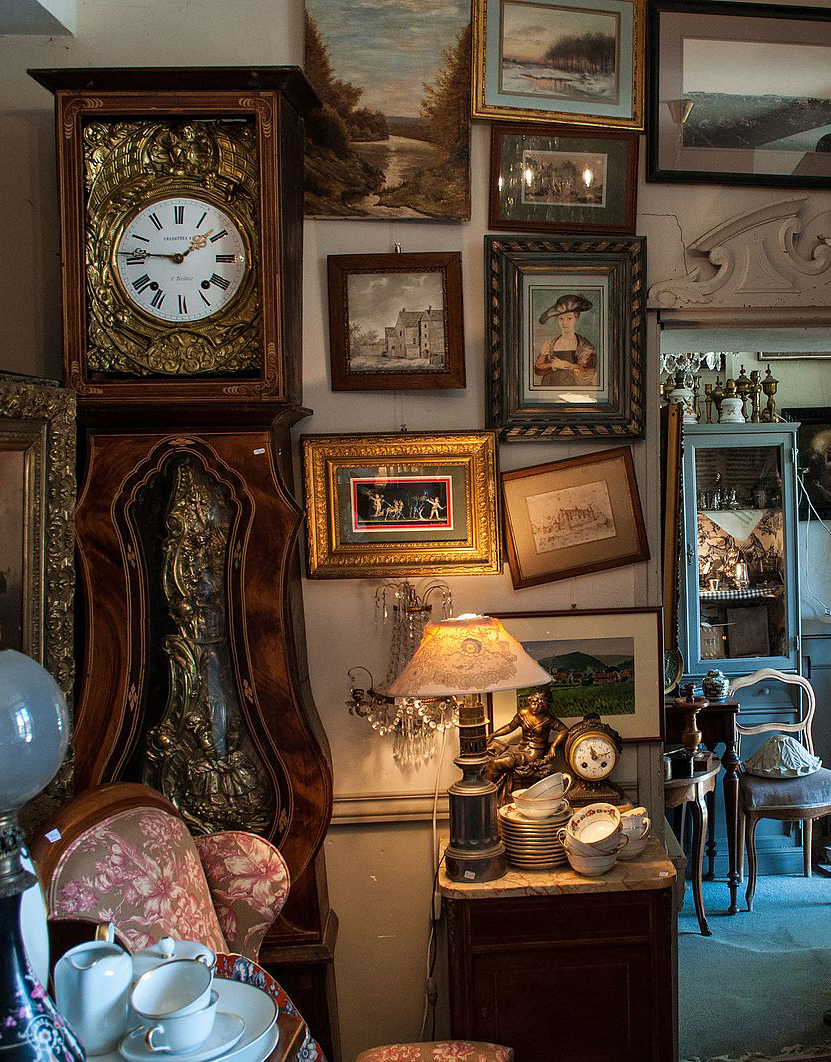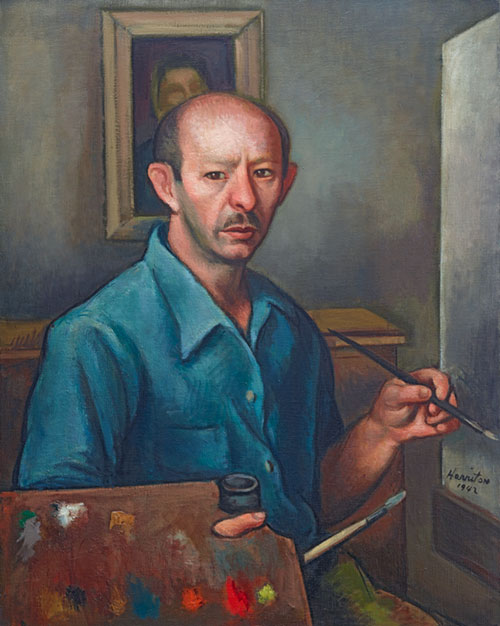July 2, 2020
Sitting in the staff break room (back when we could spend time together in a small room breathing the same air), conversation often turned to jobs we'd had before working for The Wolfsonian. It's an interesting topic, because our staff have come from a wide range of personal and professional backgrounds only to wind up at the same small design museum in Miami Beach.
But this is true of the museum field in general. Visitors enter through our doors for all sorts of reasons—wanting to see a specific work of art or show support for their community arts organizations, being drawn to a particular public program or educational opportunity, or occasionally just wandering in off the street in pursuit of a few hours of air conditioning. Museum professionals are similar: we work at the same institution, but we have had a whole host of motivating moments and "eureka!" experiences that have brought us where we are today.
In the spirit of the Wolfsonian staff break room, and in honor of the building and museum community we miss so much, we thought we'd share some of those stories here. From the front desk to the woodshop to the library, these are just a few of our colleagues' early encounters with museums and the origins of what many of us consider a true calling.

